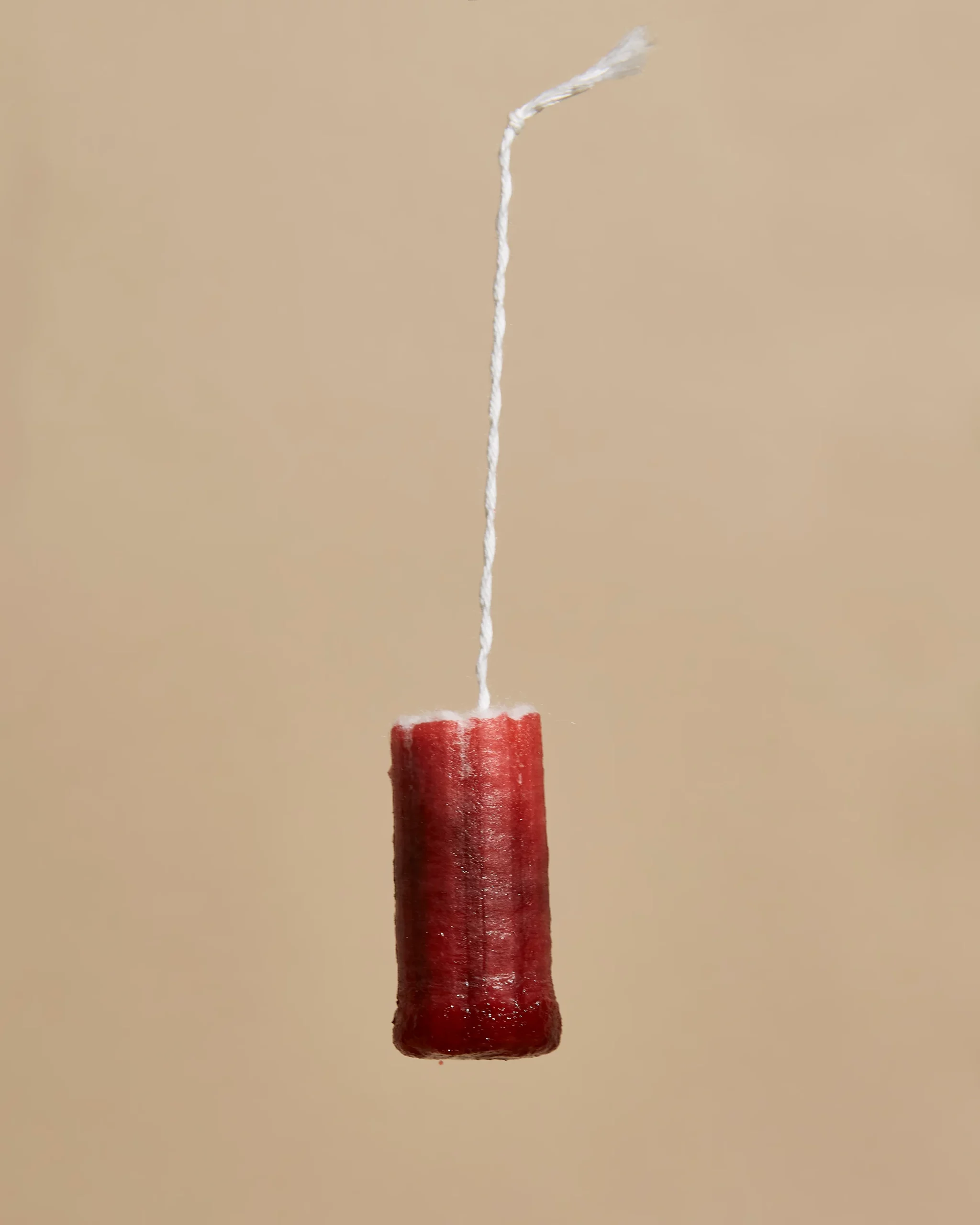Have you ever wondered how much blood a tampon can hold? It’s a common question among those of us who use tampons during our periods. Whether you’re a tampon veteran or just starting out, understanding the absorbency levels of tampons is important for a comfortable and leak-free period experience.
Contents
How Much Blood Does a Tampon Hold?

When it comes to managing your period, knowing how much blood a tampon can hold is essential. Tampons are available in different absorbency levels, and understanding their capacity will help you choose the right one for your flow. Here’s an overview of the various absorbency levels and the amount of blood they can hold:
- Light-absorbency tampons: Designed for lighter flow days, these tampons can absorb 6 grams of menstrual blood or less. They are ideal for the last days of your period when your flow is at its lightest.
- Regular-absorbency tampons: With a capacity of 6 to 9 grams of menstrual blood, regular-absorbency tampons are suitable for most individuals on average flow days. These tampons provide reliable protection for the majority of your period.
- Super-absorbency tampons: If your flow is heavier on the first day or two of your period, opt for super-absorbency tampons. They can hold between 9 and 12 grams of menstrual blood, providing the extra absorption needed to manage heavy flow days effectively.
- Super plus-absorbency tampons: For those who experience exceptionally heavy bleeding at the start of their periods, super plus-absorbency tampons are a good choice. They can absorb between 12 and 15 grams of menstrual blood, offering maximum protection and peace of mind.
Remember, the amount of blood lost during each menstrual cycle is approximately 50-80ml. It’s important to note that only about 36% of this volume is actual blood, while the remaining 64% consists of other components such as the lining of the uterus, cervical mucus, and vaginal secretions.
Choosing the right tampon absorbency is crucial for a comfortable and leak-free period experience. It’s not about the size of your body but rather finding the absorbency that suits your flow and needs. So, don’t feel guilty or embarrassed if you need to use a higher absorbency tampon. It’s all about finding what works best for you.
By understanding the absorbency levels and capacities of different tampons, you can confidently choose the right product for your flow and ensure a comfortable and worry-free period.
Factors That Affect Tampon Absorbency
Tampon Size and Type
The size and type of tampon you choose can greatly impact its absorbency. Tampons come in various sizes and styles, such as regular, super, super plus, and ultra. Each size corresponds to a different absorbency rating, indicating the amount of fluid (measured in grams) it can hold.
- Regular tampons are suitable for lighter flow days.
- Super tampons provide extra absorption for heavy flow days.
- Super plus tampons are designed for exceptionally heavy bleeding.
- Ultra tampons offer the highest level of absorbency and are generally not necessary for most people.
It’s important to select a tampon size that matches your menstrual flow. Starting with a higher absorbency level at the beginning of your period and gradually transitioning to lower absorbency levels as your flow lightens can be a good strategy.
Menstrual Flow
Understanding your menstrual flow is key to choosing the right tampon absorbency. Factors such as the amount of blood and the consistency of your flow can vary from person to person and even from one period to another. It’s essential to pay attention to changes in your flow and adjust your tampon choice accordingly.
If your flow is lighter, using a lower absorbency tampon will suffice and help prevent discomfort. On heavier flow days, opt for a higher absorbency tampon to ensure effective protection against leaks. It’s crucial to change your tampon regularly to maintain optimal hygiene and reduce the risk of toxic shock syndrome (TSS).
Insertion and Placement
Proper insertion and placement of a tampon can affect its absorbency. Making sure the tampon is inserted deep enough into the vagina will allow it to effectively absorb menstrual flow. If a tampon is not inserted properly or too shallow, it may not absorb as much blood and could lead to leakage.
Remember to read the instructions provided by the tampon manufacturer to ensure proper insertion. Relaxing your muscles and finding a comfortable position can help with easy insertion. Experimenting with different tampon brands may also be helpful, as some may fit and expand differently, affecting their absorbency.
By considering these factors, you can make an informed decision when it comes to choosing the right tampon absorbency for your menstrual flow. This will help ensure a comfortable, leak-free period experience.
How to Choose the Right Tampon Absorbency Level?

When it comes to selecting the right tampon absorbency level, it’s essential to consider your individual menstrual flow. Using the appropriate absorbency will ensure comfort, prevent leakage, and minimize the risk of toxic shock syndrome (TSS). Follow these tips to choose the tampon absorbency level that’s best suited for you:
- Know your flow: Understand the heaviness of your menstrual flow. Are your periods typically light, moderate, or heavy? This self-awareness is crucial in determining the right tampon absorbency level for your needs.
- Start with the highest absorbency: Begin with the highest absorbency rating available (such as Ultra or Super Plus) if you’re unsure about your flow. This provides maximum protection against leaks, especially during the heavier days of your period.
- Adjust as needed: Pay attention to your changing flow throughout your menstrual cycle. As your period progresses and becomes lighter, you may need to switch to lower absorbency levels (such as Super or Regular) to ensure optimal comfort and prevent dryness.
- Consider your activities: Factor in your daily activities when choosing tampon absorbency. If you’re participating in rigorous physical activities or swimming, a higher absorbency tampon may be more suitable to address any potential leaks.
- Avoid exceeding recommended limits: It’s crucial not to exceed the recommended absorbency capacity of your chosen tampon. Exceeding the limit can lead to leaks and increase the risk of TSS. Be mindful of changing your tampon regularly, especially on heavy flow days, to maintain hygiene and prevent discomfort.
By selecting the right tampon absorbency level, you can feel confident and comfortable throughout your menstrual cycle. Remember to choose the absorbency that matches your flow, adjust as needed, and prioritize hygiene to ensure a worry-free period experience.
Signs That You Need to Change Your Tampon
When it comes to using tampons, it’s important to know when to change them. Not only does this help prevent leakage, but it also reduces the risk of infections like toxic shock syndrome (TSS). Here are some signs that indicate it’s time to replace your tampon:
Leakage:
If you notice any leakage, it’s a clear sign that your tampon is full and needs to be changed. Leaking can occur when the tampon has reached its capacity and is no longer able to absorb additional menstrual fluid.
Dampness or Wetness:
Feeling dampness or wetness down there is another indication that your tampon may be reaching its limit. This can be uncomfortable and can lead to leaks if not addressed promptly. It’s essential to replace your tampon to maintain cleanliness and prevent any potential discomfort.
Increased Odor:
If you start to notice an unpleasant odor, it may be a sign that your tampon needs to be changed. Menstrual blood, when exposed to air for an extended period, can develop an odor. Changing your tampon regularly can help minimize any unpleasant smells.
Discomfort or Irritation:
Sometimes, leaving a tampon in for too long can cause discomfort or irritation. If you start to experience any discomfort, such as itching or a burning sensation, it’s advisable to change your tampon immediately. This will help keep you comfortable and prevent any potential infections.
Time Duration:
To maintain good menstrual hygiene, it’s recommended to change tampons every 4 to 8 hours, depending on your flow. However, it’s essential to be mindful and adjust the frequency based on your individual needs. Some people may have a heavier flow and may need to change their tampon more frequently.
Remember, proper tampon usage involves regular changing, washing your hands before and after insertion, and being aware of any signs that indicate it’s time for a change. By paying attention to your body and following these guidelines, you can stay comfortable and confident throughout your menstrual cycle without any unnecessary interruptions.
Conclusion
Choosing the right tampon absorbency level is crucial for your comfort and protection during your period. By selecting the appropriate absorbency, you can prevent leakage, minimize the risk of toxic shock syndrome (TSS), and ensure a worry-free experience.
It’s important to pay attention to the signs that indicate it’s time to change your tampon. If you experience leakage, dampness or wetness, increased odor, discomfort, or irritation, it’s time to change your tampon. Following the recommended time duration for changing tampons is also essential for your well-being.
By following these guidelines and being aware of your individual menstrual flow, you can stay comfortable and confident throughout your menstrual cycle. Remember to choose the right tampon absorbency level, change your tampon when necessary, and prioritize your comfort and hygiene.
Now that you have the knowledge to make informed decisions about tampon usage, you can navigate your period with ease. Stay confident and take care of yourself during this time of the month.
FAQs
How do I choose the right tampon absorbency?
Choose the right tampon absorbency by considering your menstrual flow. If your flow is light, opt for a light or regular absorbency. For a medium flow, choose regular or super absorbency. And for a heavy flow, go for super or super plus absorbency. Selecting the appropriate absorbency will ensure comfort and prevent leakage.
What are signs that it’s time to change my tampon?
Signs that it’s time to change your tampon include leakage, dampness or wetness, increased odor, discomfort or irritation. It is recommended to change your tampon every 4 to 8 hours to maintain optimal hygiene and reduce the risk of toxic shock syndrome (TSS).
Is it normal to have clots during my period?
Yes, it’s normal to have blood clots during your period. These clots are caused by the shedding of the uterine lining and passing through your body. However, if you’re experiencing large or frequent clots, it’s best to consult with a healthcare professional to rule out any underlying issues.
I am a medical student with experience and interest in Women’s health and well-being.